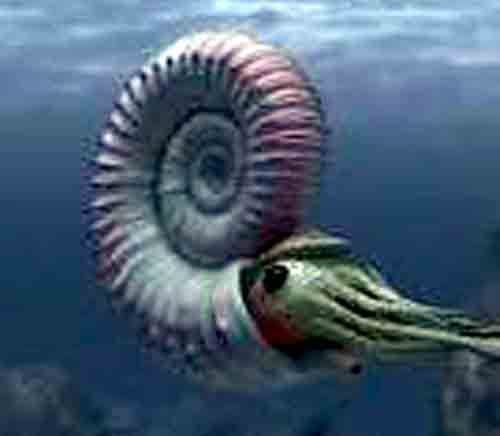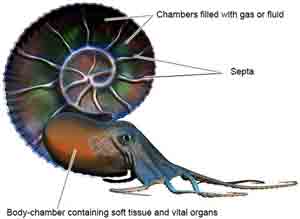Ammonite Fossil Seashell Madammolite mm 37 x 30 x 11 gr 18.3 Cleoniceras besairei Extinct Prehistoric Cephalopods Molluscs Mesozoic Cretaceous Collecting Paleontology Museum.
Pleasant fossil specimen in Red "Fire" Opal of Ammonite Hoplitidae from the Lower Cretaceous, representative collectible find, Extra quality. The iridescent layer with red reflections, in excellent condition, is perfectly visible. Commonly called "Madammolite", or Ammonite from Madagascar. Only a piece, as in photos.
Also available in duble section, bamboo frame, with mother of pearl and pendant, at this link.
The Hoplitidae, which includes the gen. Cleoniceras, are a family of Cretaceous Ammonites who lived in the mid-period from the late Aptian to the Cenomanian. They are part of the superfamily Hoplitoidea.

Members of the Hoplitidae are typically evolved, with the internal whorls exposed, although some are more involuted, and are commonly robust and strongly ribbed, with pronounced tubercles. The Hoplitidae are thought to derive from the Uligella genus of the Desmoceratidae, or some related form, and have been divided into three subfamilies.
Cleoniceras is a rather involuted hoplithid, with high whorls, native to the lower and basal middle Albian of Europe, Madagascar and the Trans-Caspian region. The shell has a generally small umbilicus, an arched or acute belly, and, typically, at a certain stage of growth, falcoid ribs that arise in pairs from the umbilical tubercles, usually disappearing on the outer whorls. Cleoniceras is included in the subfamily Cleoniceratinae.
The
Ammonites are an extinct group of Cephalopods, which appeared in the Lower

Devonian about 400 million years ago and extinguished at the end of the Cretaceous, together with the Dinosaurs (65 million years ago), leaving no known descendants. Like all cephalopods known this organisms were carnivorous: active predators of marine animals, microphagous (plankton), scavengers, and even cannibals. The shell of ammonites in general has the form of a
spiral wound on a plan (although some species, such
heteromorphy, have a more complex three-dimensional winding) and it is this feature that has given their name. The appearance infact resembles a
coiled horn, like that of a ram (the Egyptian god
Amon was commonly depicted as a man with ram's horns). Pliny the Elder described the fossils of these animals ammonis cornua, "horns of Ammon." Often the name of the species of Ammonites ends with -ceras, from a greek word (κÎρας) whose meaning is, in fact,
"horn" (eg. Pleuroceras etymologically means horn with the coast).
The shell was divided by
septa into several rooms, including the clam occupied only the last. The others were used as
"air chambers" filled with gas and liquid to control the
floating body. The ammonite could well change its depth in a manner similar to the current
Nautilus.
Because of their extraordinary variability and distribution in marine sediments around the world the ammonites are considered fossils for excellence and
guide-fossils of exceptional value, used for dating in stratigraphy of the sedimentary rocks.
The classification of ammonites is made on the basis of morphology and
ornamentation of the shell, and the shape of septa, depending on the
suture line.



